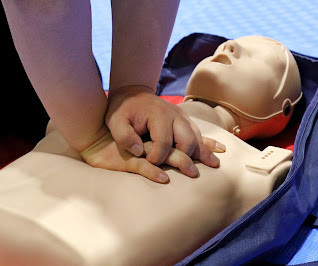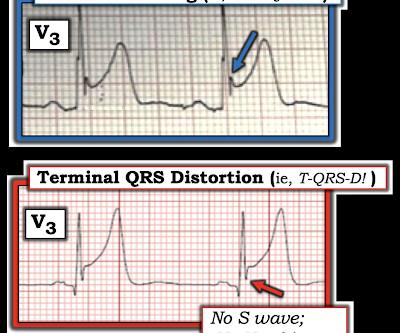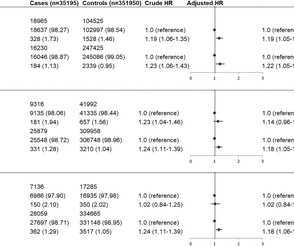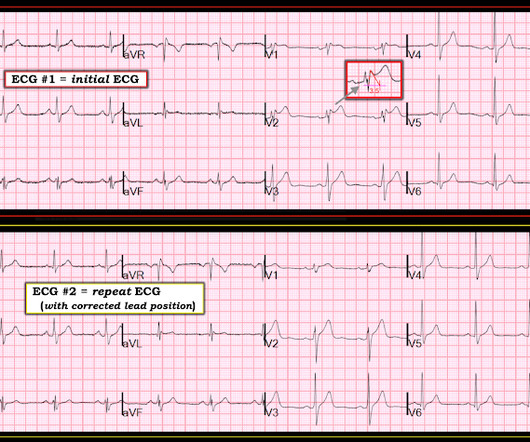Cardiac arrest survival improved since COVID-19 pandemic waned, still lower than prior years
Medical Xpress - Cardiology
NOVEMBER 11, 2024
Out-of-hospital cardiac arrest survival rates dropped significantly at the onset of the COVID-19 pandemic in 2020 and have continued to remain lower than in the pre-pandemic years of 2015–2019, according to a preliminary study to be presented at the American Heart Association's Scientific Sessions 2024.,




















Let's personalize your content